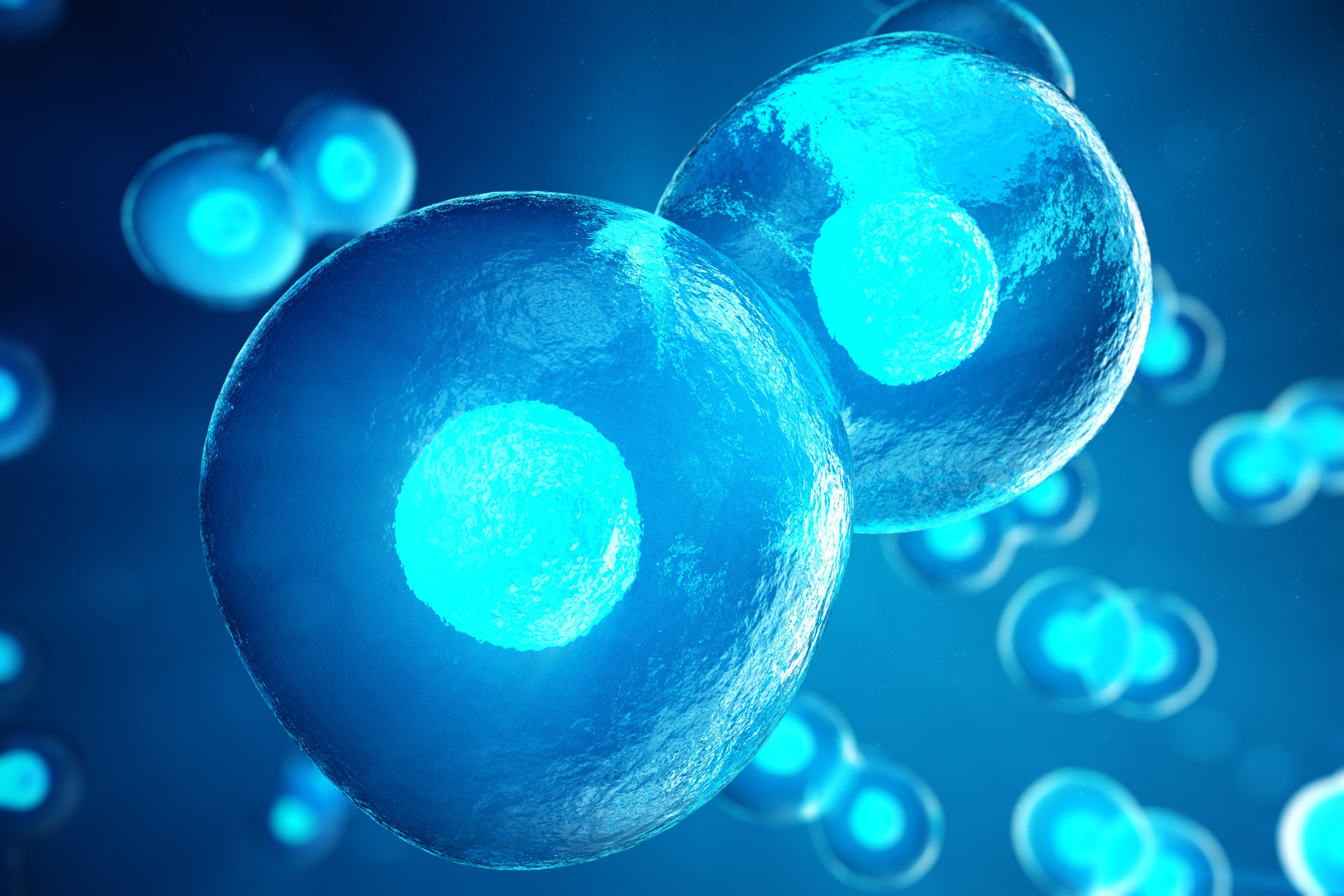When it comes to modeling and developing treatments for human diseases, various types of stem cells are utilized. Their use in biotechnology has been discussed in many reviews (Kassem, 2004; Levenberg & Langer, 2004; Placzek et al., 2008).
Here, I will examine the pros and cons of three different types of stem cells commonly used in disease modeling and therapeutic development: embryonic stem cells (ESCs), induced pluripotent stem cells (iPSCs), and adult stem cells.
Embryonic Stem Cells (ESCs)
Pros:
- Pluripotency: ESCs have the potential to differentiate into any cell type in the human body, making them valuable for modeling a wide range of diseases and studying cellular behaviors.
- Disease modeling: ESCs can be differentiated into disease-relevant cell types, providing a platform to study the underlying mechanisms of various genetic and congenital diseases.
- Drug screening: ESC-derived disease models can be used for drug screening and testing the efficacy and safety of potential therapeutics.
Cons:
- Ethical considerations: The use of ESCs involves the destruction of human embryos, raising ethical concerns and facing legal restrictions in certain regions.
- Immunogenicity and immune rejection: ESCs derived from a different individual may elicit an immune response when transplanted, requiring immunosuppressive measures.
- Limited availability: Access to ESCs can be restricted due to ethical concerns and limited supply, hindering their widespread use for research and therapeutic purposes.
Induced Pluripotent Stem Cells (iPSCs)
Pros:
- Patient-specific modeling: iPSCs can be generated from adult somatic cells, allowing the creation of disease models that accurately reflect the genetic background of individual patients.
- Disease modeling: iPSCs can be differentiated into disease-relevant cell types, enabling the study of disease mechanisms, identification of therapeutic targets, and drug screening.
- Personalized medicine: iPSCs can be used to develop personalized cell-based therapies, as they can be derived from the patient’s own cells, reducing the risk of immune rejection.
Cons:
- Reprogramming efficiency and variability: The process of generating iPSCs can be inefficient, and variations in reprogramming efficiency can impact the quality and consistency of iPSC lines.
- Genetic and epigenetic variations: Reprogramming can introduce genetic and epigenetic changes, which may affect the behavior and safety of iPSCs and their differentiated derivatives.
- Tumorigenic potential: iPSCs have the potential to form tumors if not fully reprogrammed or not properly differentiated, necessitating rigorous quality control measures.
Adult Stem Cells
Pros:
- Tissue-specific relevance: Adult stem cells are found in specific tissues and can be used to model diseases affecting those tissues, providing a more accurate representation of the disease context.
- Regenerative potential: Adult stem cells have the ability to repair and regenerate damaged tissues, making them promising for therapeutic applications.
- Reduced ethical concerns: The use of adult stem cells does not involve the destruction of embryos, addressing some of the ethical concerns associated with other stem cell types.
Cons:
- Limited differentiation potential: Adult stem cells are multipotent and can only differentiate into a limited range of cell types, limiting their applicability for modeling diseases that involve multiple cell lineages.
- Limited availability: Adult stem cells can be challenging to isolate and expand in culture, potentially limiting their supply for research and therapeutic purposes.
- Decline with age: The number and regenerative capacity of adult stem cells decrease with age, which may impact their usefulness for certain applications, particularly in older patients.
Each type of stem cell has its own set of advantages and limitations for modeling and developing treatments for human diseases. ESCs offer pluripotency but face ethical concerns. iPSCs provide patient-specific models but have challenges related to reprogramming efficiency and safety. Adult stem cells offer tissue-specific relevance but have limited differentiation potential and availability. The selection of the most suitable stem cell type depends on the specific disease, research goals, and ethical considerations.
References
. (2004). Mesenchymal stem cells: Biological characteristics and potential clinical applications. Cloning Stem Cells 6 pp. 369– 374
Levenberg, S., & Langer, R. (2004). 5 Advances in Tissue Engineering. Current Topics in Developmental Biology, 61(2), pp. 113-134.
Placzek, M. R., Chung, I. M., Macedo, H. M., Ismail, S., Mortera Blanco, T., Lim, M., … & Mantalaris, A. (2009). Stem cell bioprocessing: fundamentals and principles. Journal of the Royal Society interface, 6(32), pp. 209-232

Leave a Reply